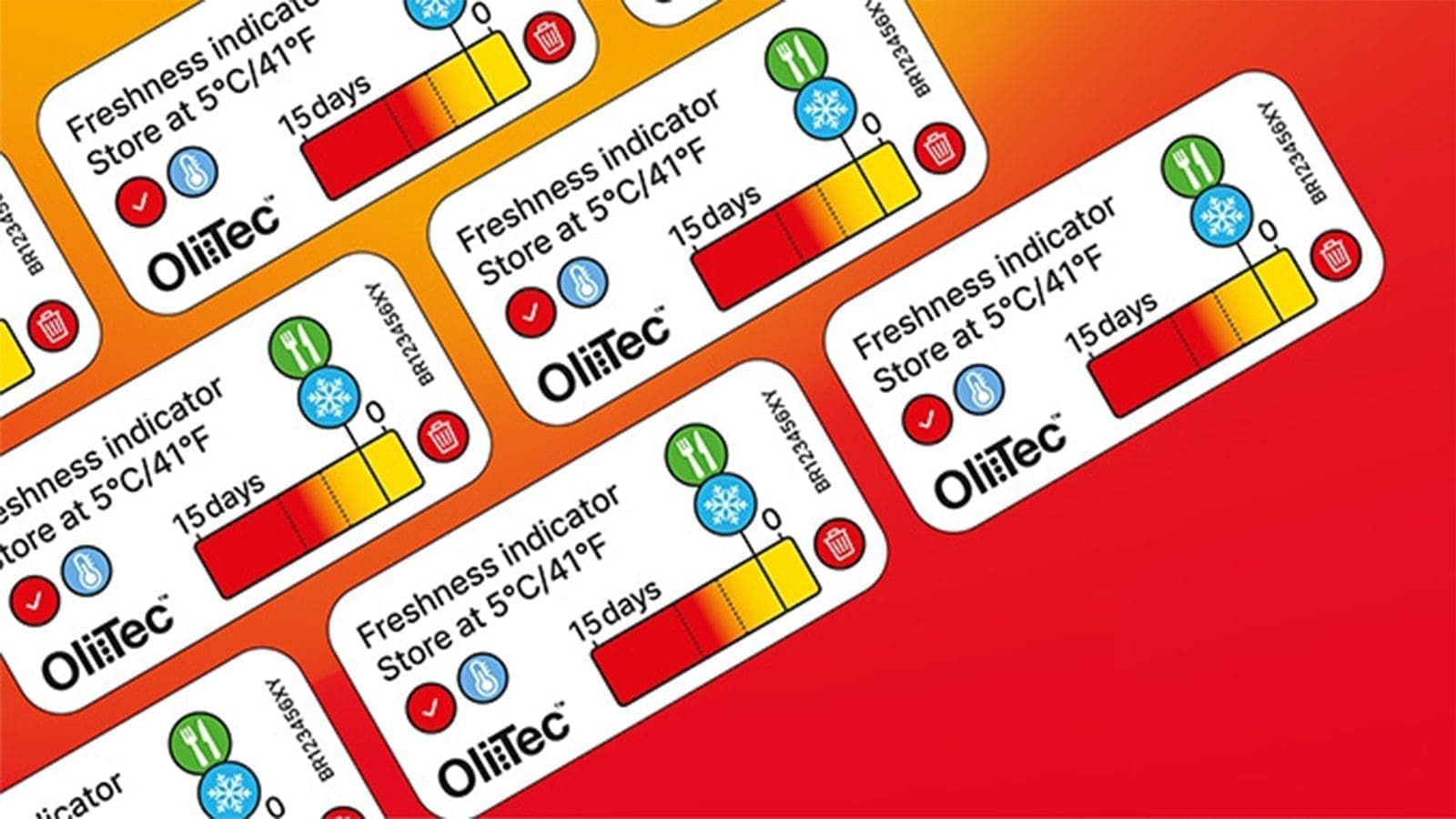AUSTRALIA – The New South Wales (NSW) Government has released a new eight-year strategy to enhance biosecurity and food safety in NSW and to help protect the state’s $23 billion (approx. U.S$15 billion) primary industries.
The NSW Biosecurity and Food Safety Strategy 2022-2030 focuses on four priority objectives including preparing and preventing, timely and proportionate responses, rapid and efficient containment, and partnerships.
In preparing and preventing, the strategy hopes to steer the adoption of innovative solutions to effectively manage future and emerging threats through improved prediction, early detection, and a better understanding of risk pathways.
It will aid in the making of informed decisions to proportionately act on biosecurity and food safety threats, including sharing information with governments, industry, and communities to reduce the social and economic costs through rapid response, sound traceability systems, and coordinated management of outbreaks and incidents.
Further, it will protect NSW’s trade reputation and ongoing market access by increasing its capacity to contain and effectively manage risks. This includes effective multi-agency and response protocols such as early alerts, product recalls to contain food-related risks, and the use of technology like artificial intelligence to detect emerging issues and proactively intervene.
The strategy will also leverage partnerships with governments, industry, research bodies, and the private sector to share information, reduce costs and increase economic, environmental, and community outcomes to benefit every person in NSW.
Minister for Agriculture and Western NSW Dugald Saunders said the Biosecurity and Food Safety Strategy 2022-2030 is a critical underpinning guide in a time of unprecedented biosecurity risks.
“This year alone, we have experienced a genuine threat of Foot and Mouth Disease and Lumpy Skin Disease incursions, a Varroa mite outbreak, the emergence of Japanese encephalitis, a White Spot Disease scare, and unprecedented rainfall increasing the threat of mosquito-borne diseases and the spread of weeds,” Mr. Saunders said.
He noted that the Biosecurity and Food Safety Strategy recognizes that prevention and preparedness are key to minimizing the impact and costs of incursions and outbreaks on industries, communities, and the environment.
“Every day, the people of NSW rely on our biosecurity and food safety systems to ensure they have safe, fresh, top quality food on their plates and fibre on their backs – so this strategy is an important step forward in protecting our $23.1 billion (U.S$(approx. U.S$15.8 billion) primary industries sector and $30 billion (approx. U.S$20.6 billion) food and beverage manufacturing sector now and well into the future,” he said.
According to Mr. Saunders, NSW is at the forefront of the fight against emerging threats to food safety and biosecurity.
In 2022 alone, the NSW Government has invested $229 million (approx. U.S$157 million) in biosecurity measures which he terms the biggest investment by a single jurisdiction in pest and disease control in the country.
“It is important our farmers and communities know the NSW Government takes biosecurity extremely seriously and this strategy will arm us with the appropriate guidance and process should we ever find ourselves in an emergency biosecurity or food safety situation,” Mr. Saunders said.
He underscored the significance of partnerships between the NSW Food Authority, the food industry, NSW Health, local councils, and the wider community in reducing food poisoning and its impacts on the health and economy of NSW communities.
“There has been much success in the last 6 years with a 30 percent reduction in the rates of human illness caused by Salmonella,” he said.
The NSW Health, NSW Farmers, Australian Pork Ltd, CSIRO, GS1, NSW Wine Industry Association, CropLife Australia, the Country Women’s Association of NSW, and the Invasive Species Council were among the organizations that provided input on the development of the Biosecurity and Food Safety Strategy.
For all the latest food safety news from Africa and the World, subscribe to our NEWSLETTER, follow us on Twitter and LinkedIn, like us on Facebook and subscribe to our YouTube channel.








